Steve Zwerko
ASN:36629095
Private Steve Zwerko
Steve Zwerko registered for the draft on October 10, 1940. Born September 26, 1919, he was from Chicago, Illinois and employed by P.B. Price Brothers, Inc.
When he enlisted in the US Army on December 21, 1942, this twenty-one-year-old was 5’ 7”, 132 pounds with a light brown complexion, brown eyes, and brown hair. Private Zwerko entered the service at Fort Sheridan, Illinois.
Private Zwerko (see inset) became a member of the 319th Glider Field Artillery, B-Battery, 82nd Airborne Division. He received heavy machine gunner and glider training at Fort Bragg, North Carolina.
In late April 1943, he traveled with the 319th Glider Field Artillery to North Africa arriving in Casablanca on May 10, 1943.
Company Morning Reports
Company Morning Reports were produced every morning by the individual Army units to record personnel matters. The following events were reported:
December 28, 1943, from duty to furlough 9 days at 1000 hours. Station: Ballyscullion House, North Ireland.
June 15, 1944, from duty to hospital wounded in action the 6th of June. Station: 2 miles east of Ste Mere Eglise, France.
July 5, 1944, from absent sick battle casualty to transferred to US Army Hospital Plant 4152, the 16th. Station: near Vindefontaine, France.
Steve Zwerko fought in the major campaigns of Sicily, Naples-Foggia, and Normandy.
On September 11, 1943, the Battalion sailed from Tunisia, North Africa, and received orders to land immediately at Maiori, Italy, with the mission of supporting an existing Ranger force. That evening the 319th landed on the beach at Maiori at 2250 hours and immediately occupied a mountainous position 5 miles north of the beach known as the “Chiunzi Pass.”
For the next 19 days the 319th fired more than 12,000 artillery rounds over the mountain range and through the pass targeting truck columns, troop movement and supply dumps, road junctions, enemy 88 gun positions and ammo supplies, tanks and rocket batteries as well as other enemy activity along Highway 18 just outside of Naples.
On October 1, 1943, the 319th entered Naples, Italy, for occupational duty. But their occupation duties included several days of combat duty beginning October 5th, at the Volturno River near Villa Literno, Italy.
B-Battery was billeted in the Filippo Palizzi neighborhood of Naples. Steve Zwerko and fellow soldiers posed for photo opportunities. (see below presented in a slideshow fashion and side controls to the next or previous image)
Photo Gallery
slide show, side controls to next image
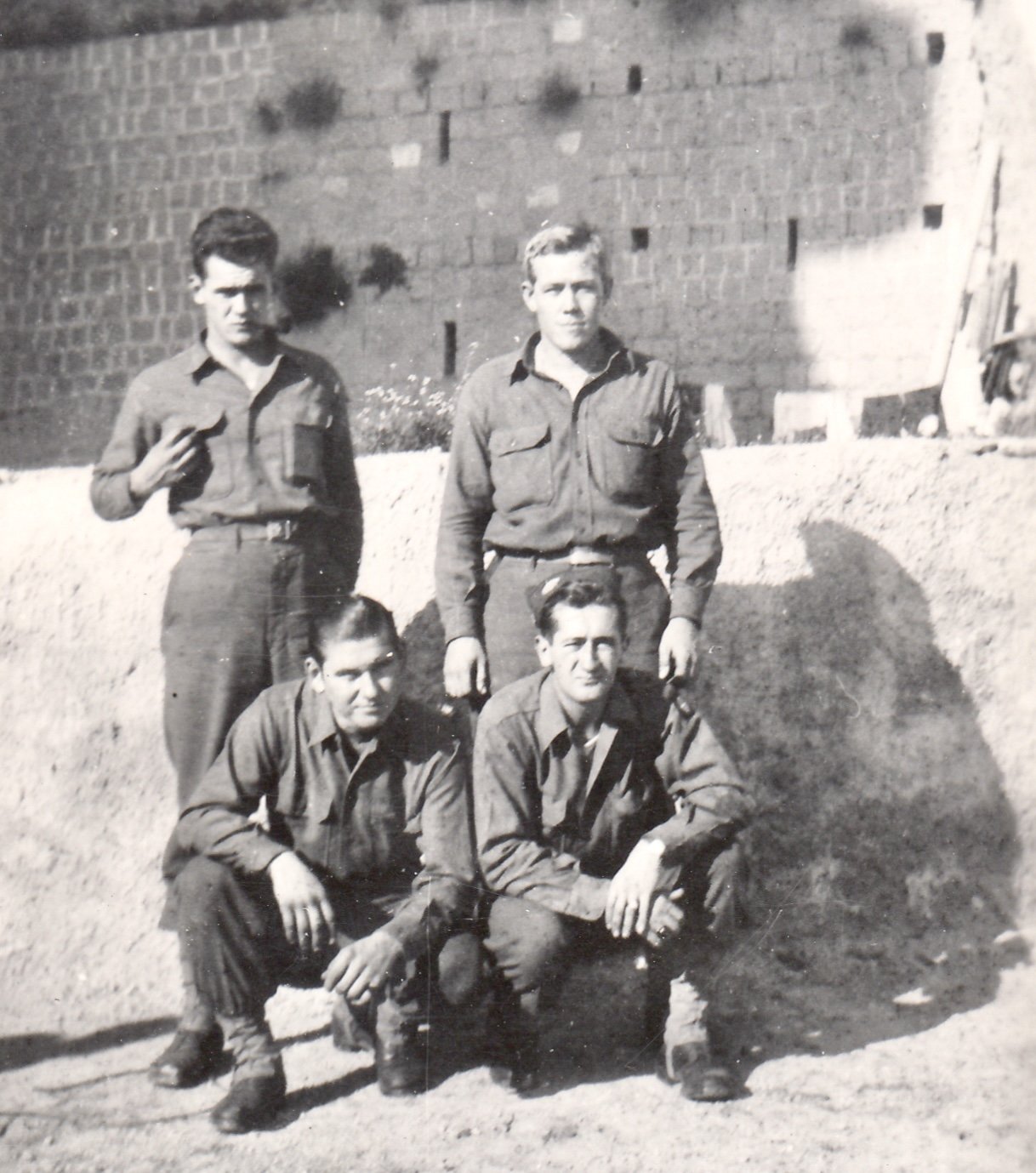
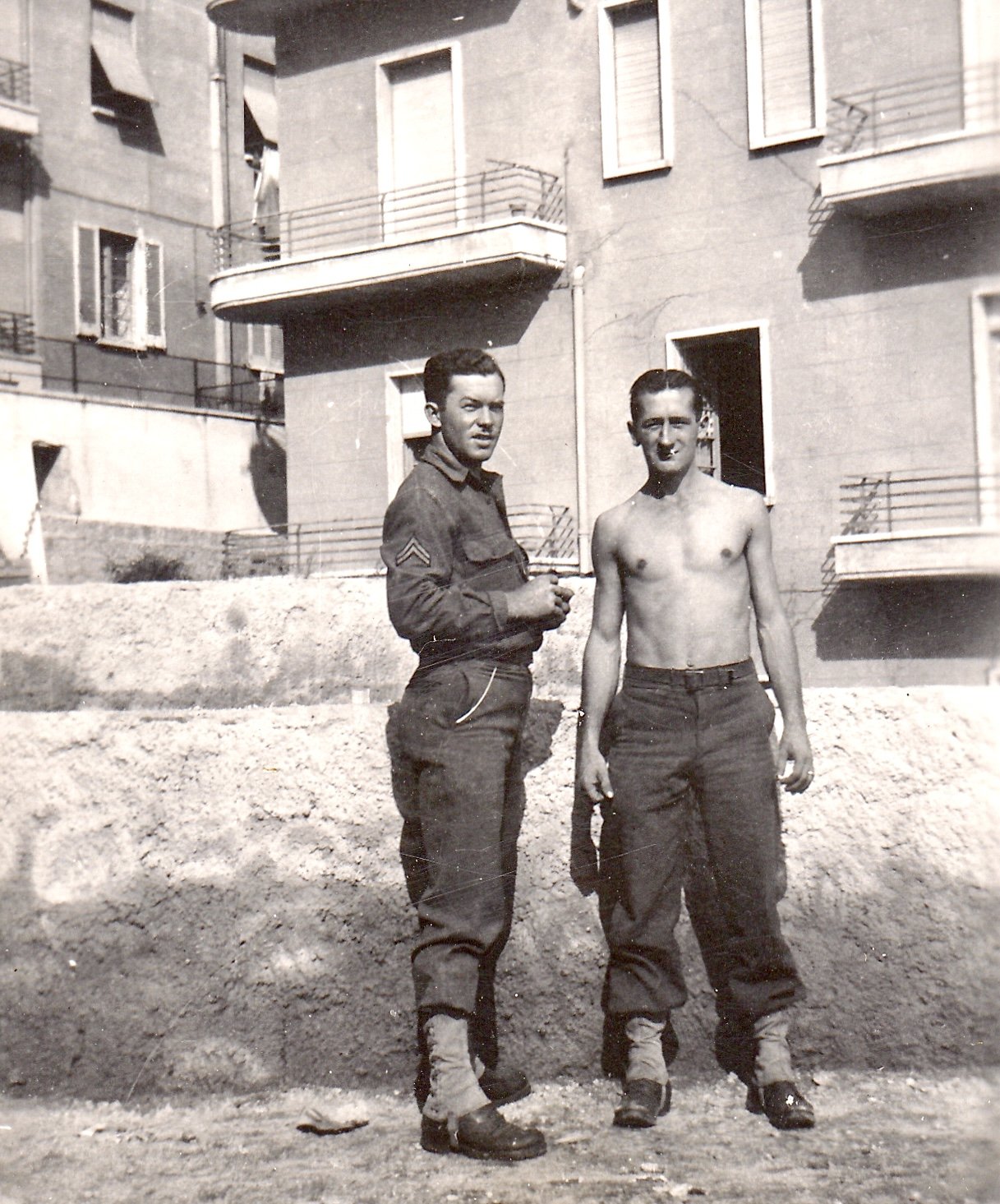

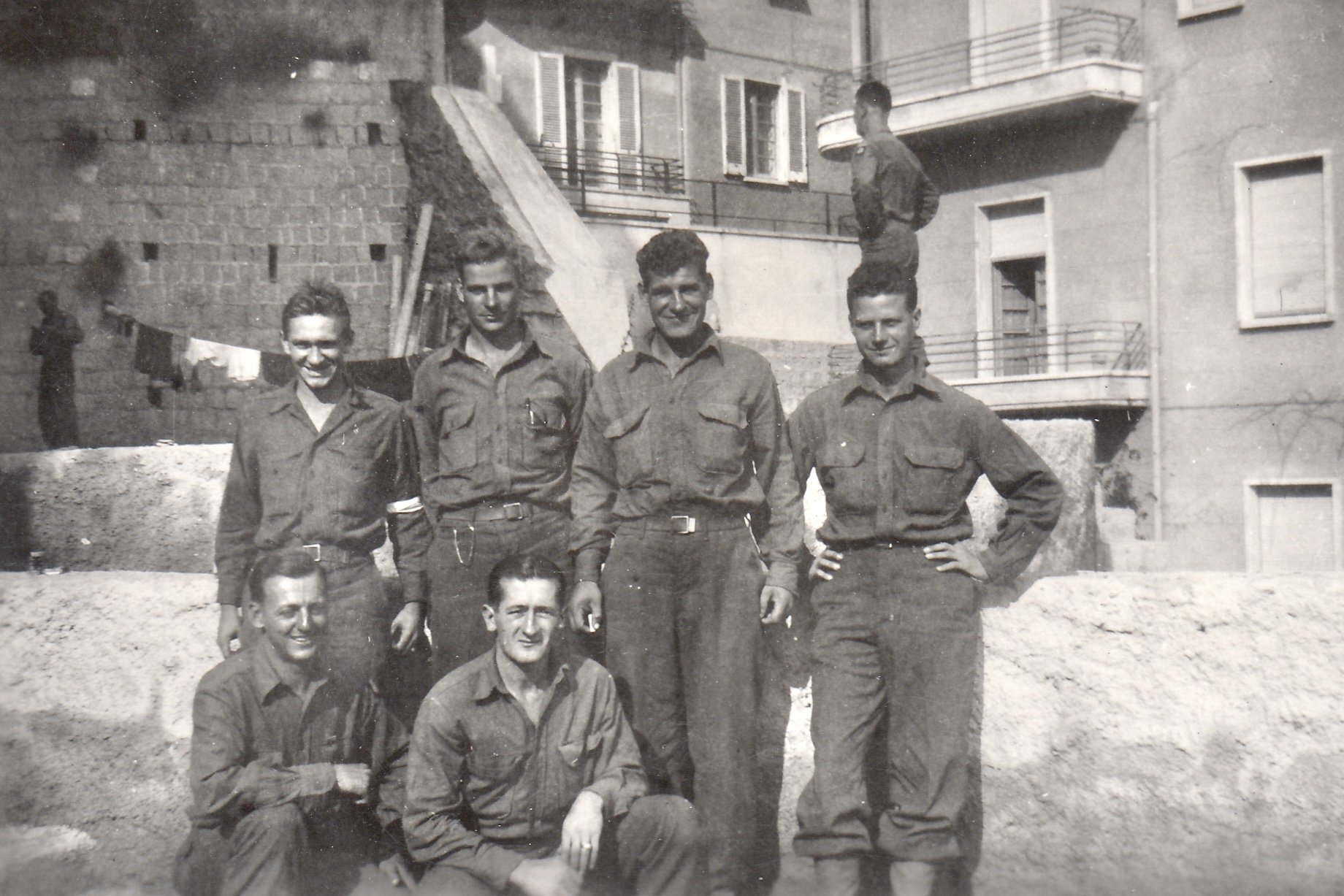


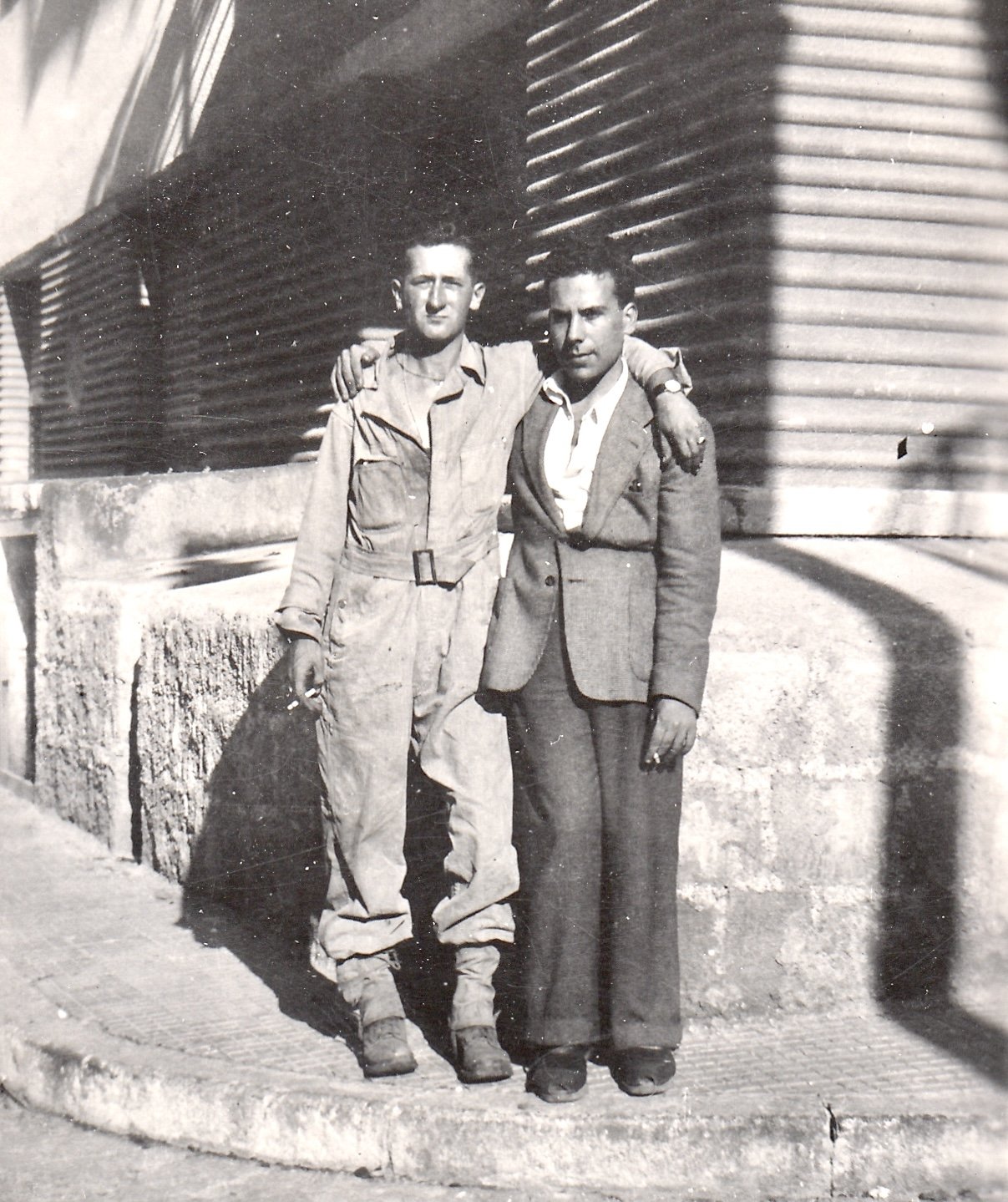
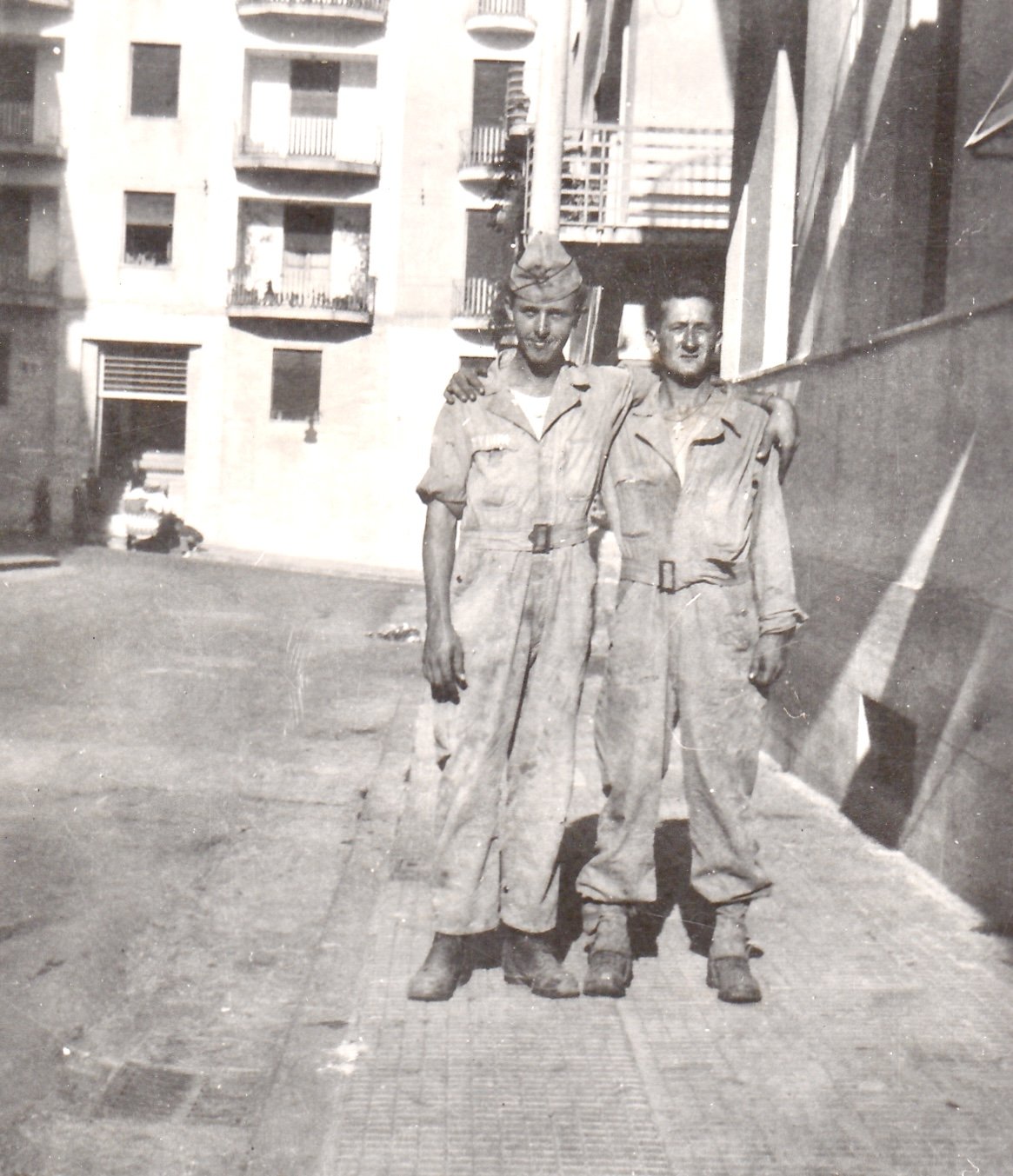
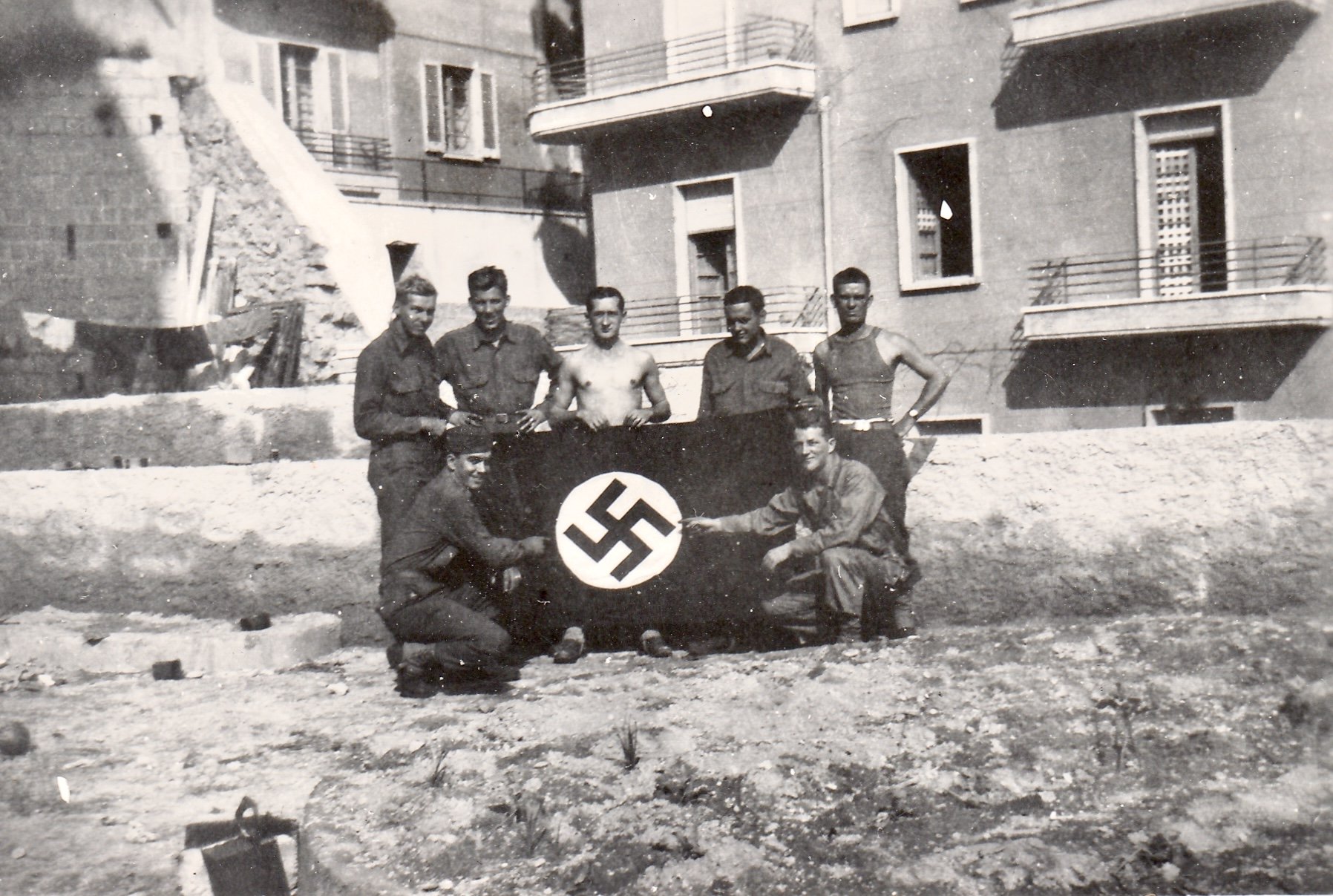
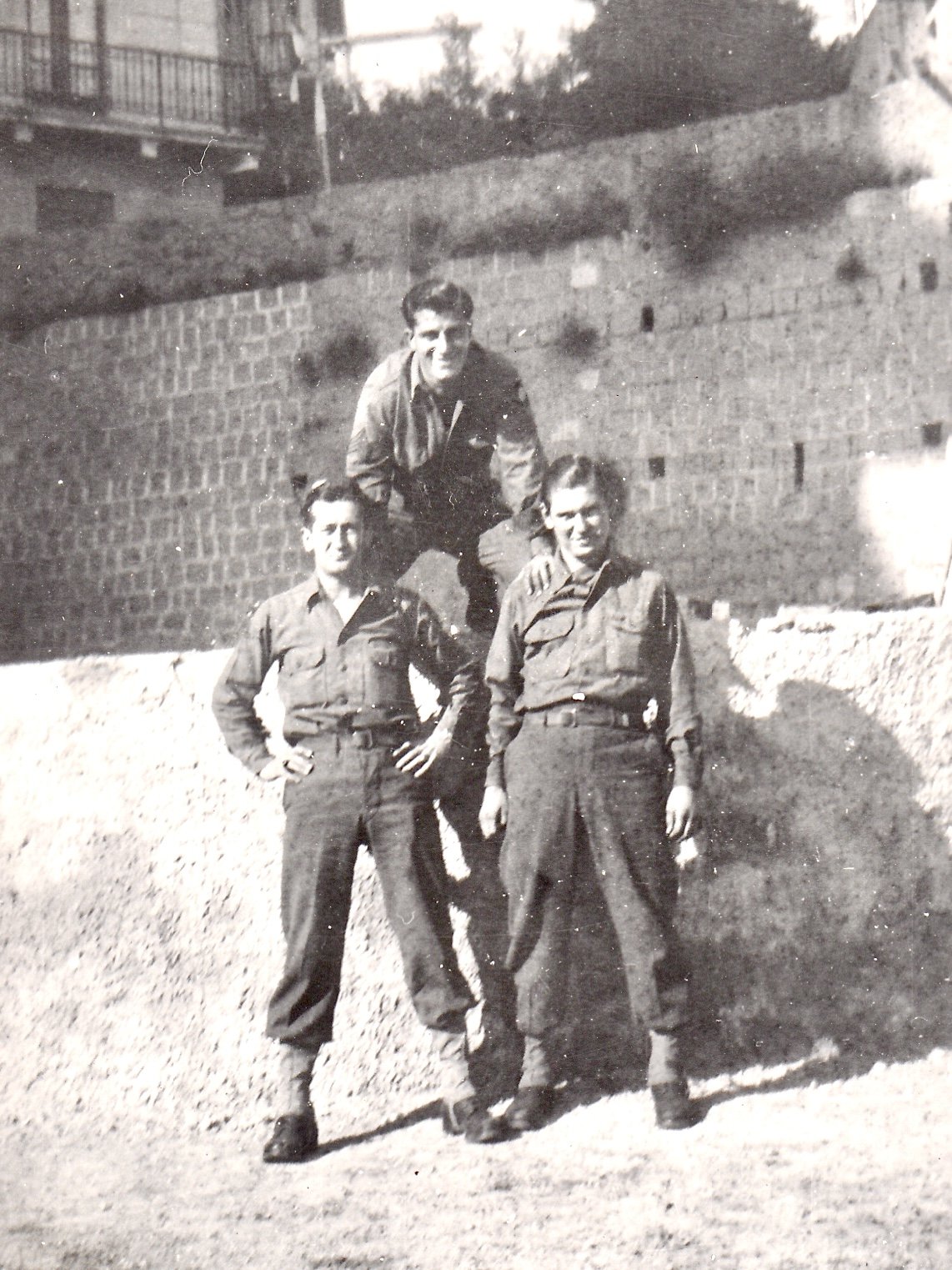
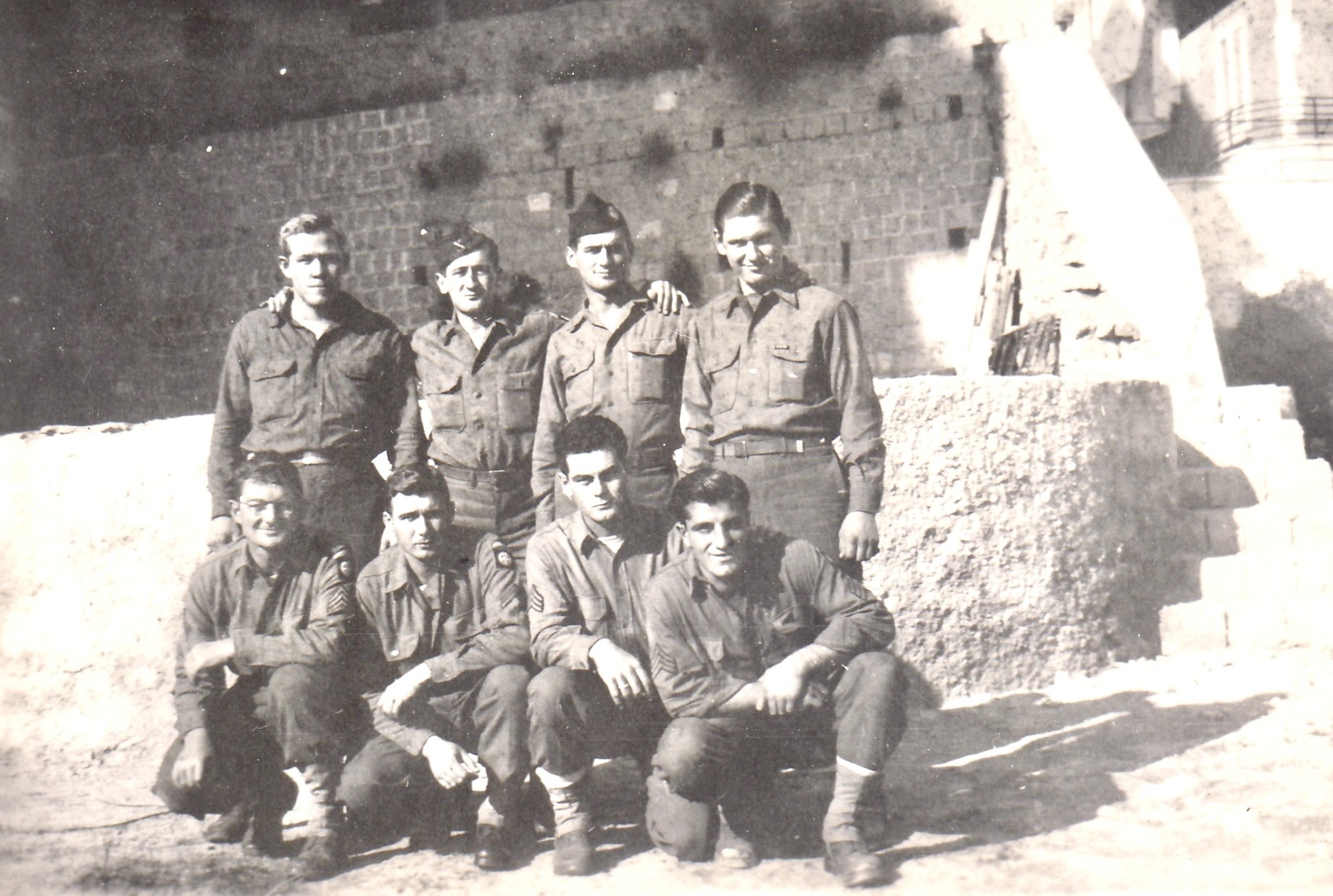
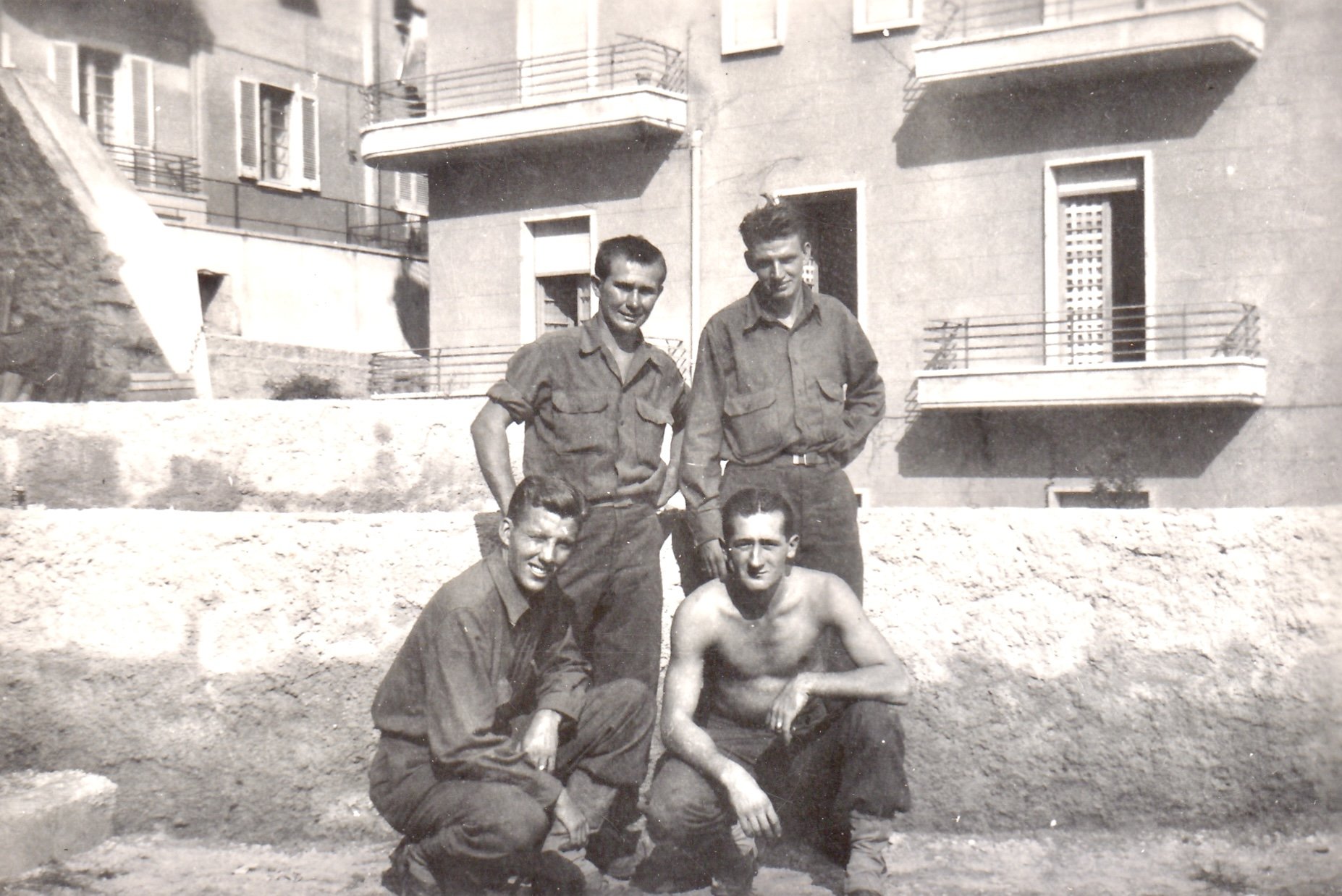
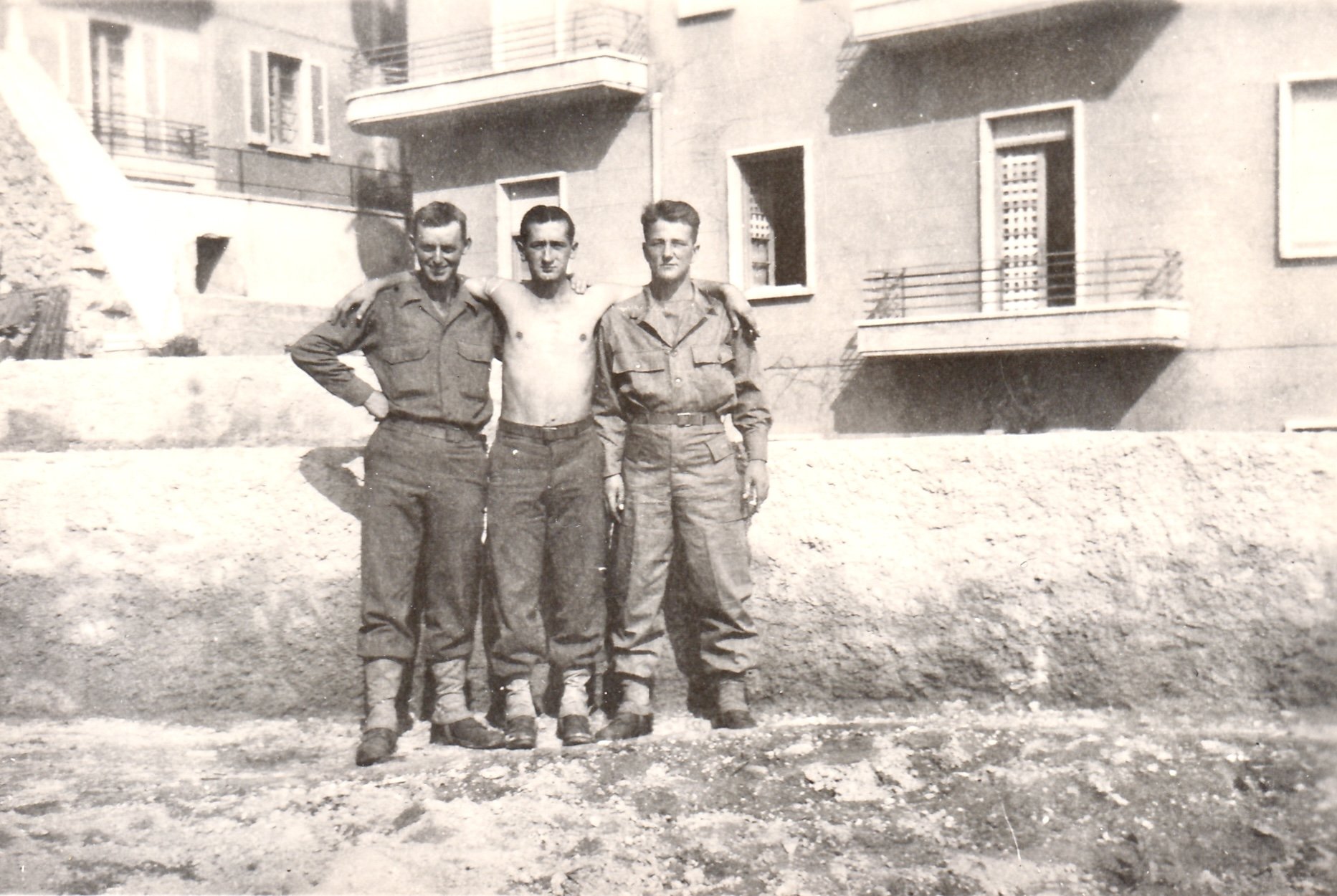

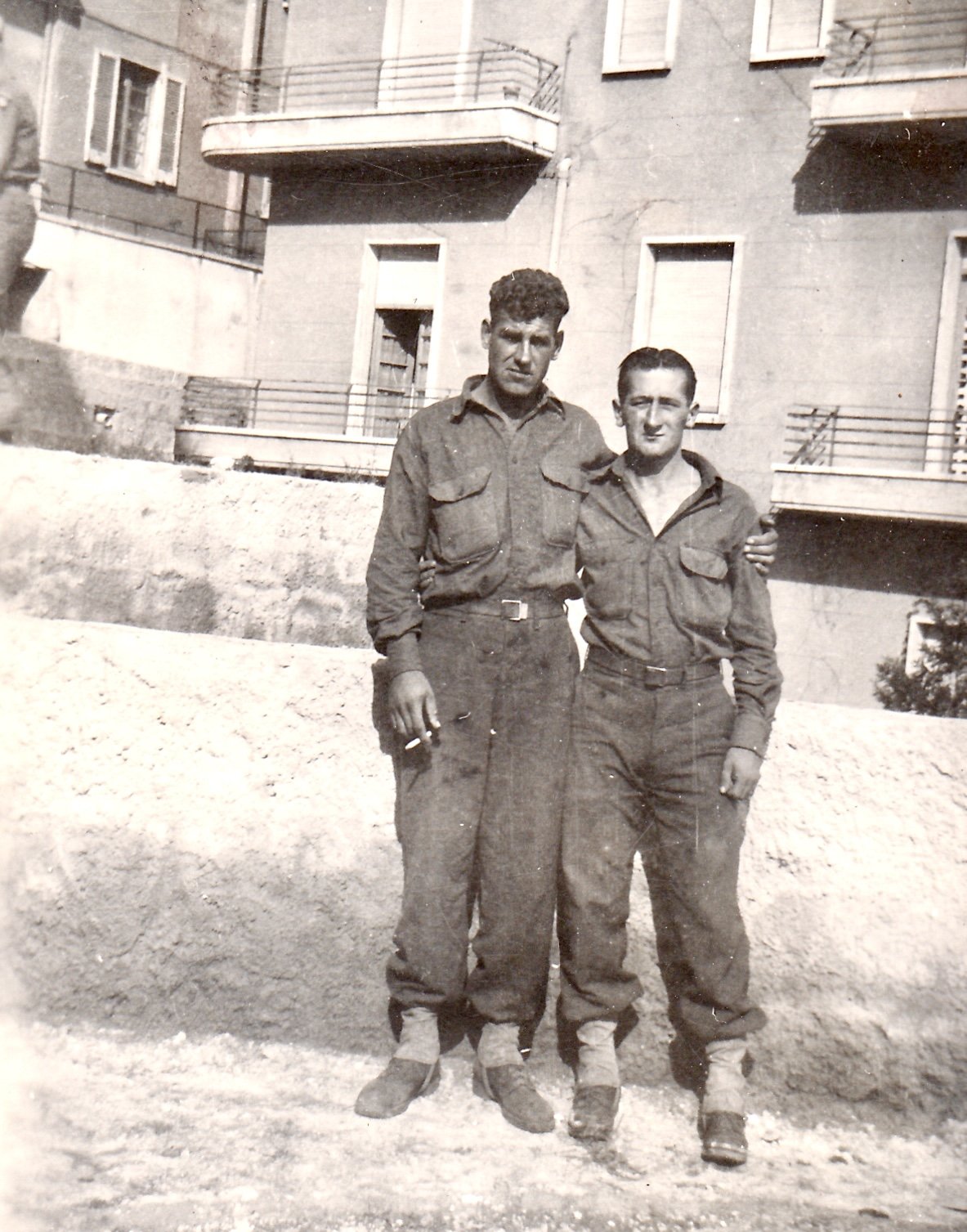

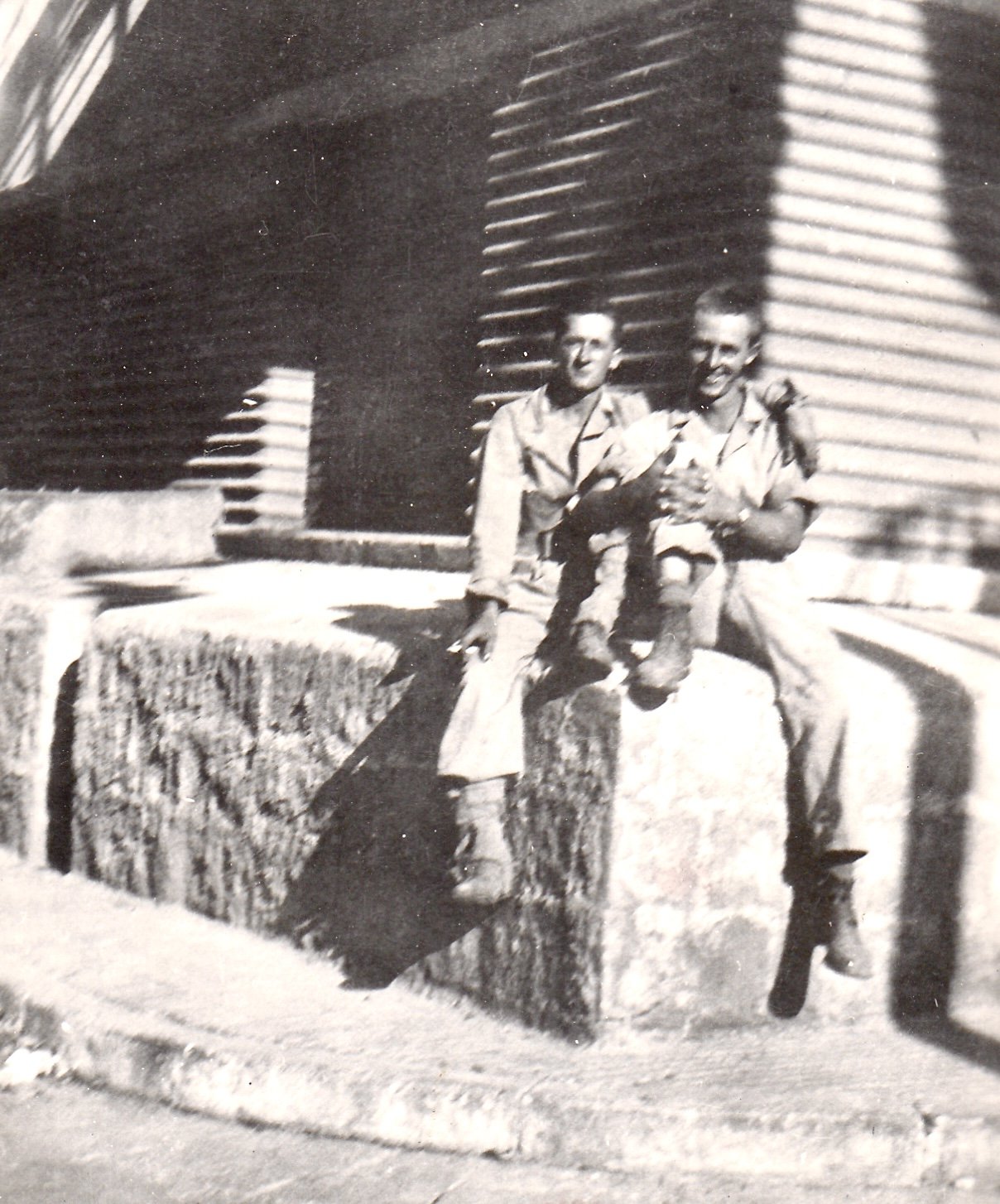
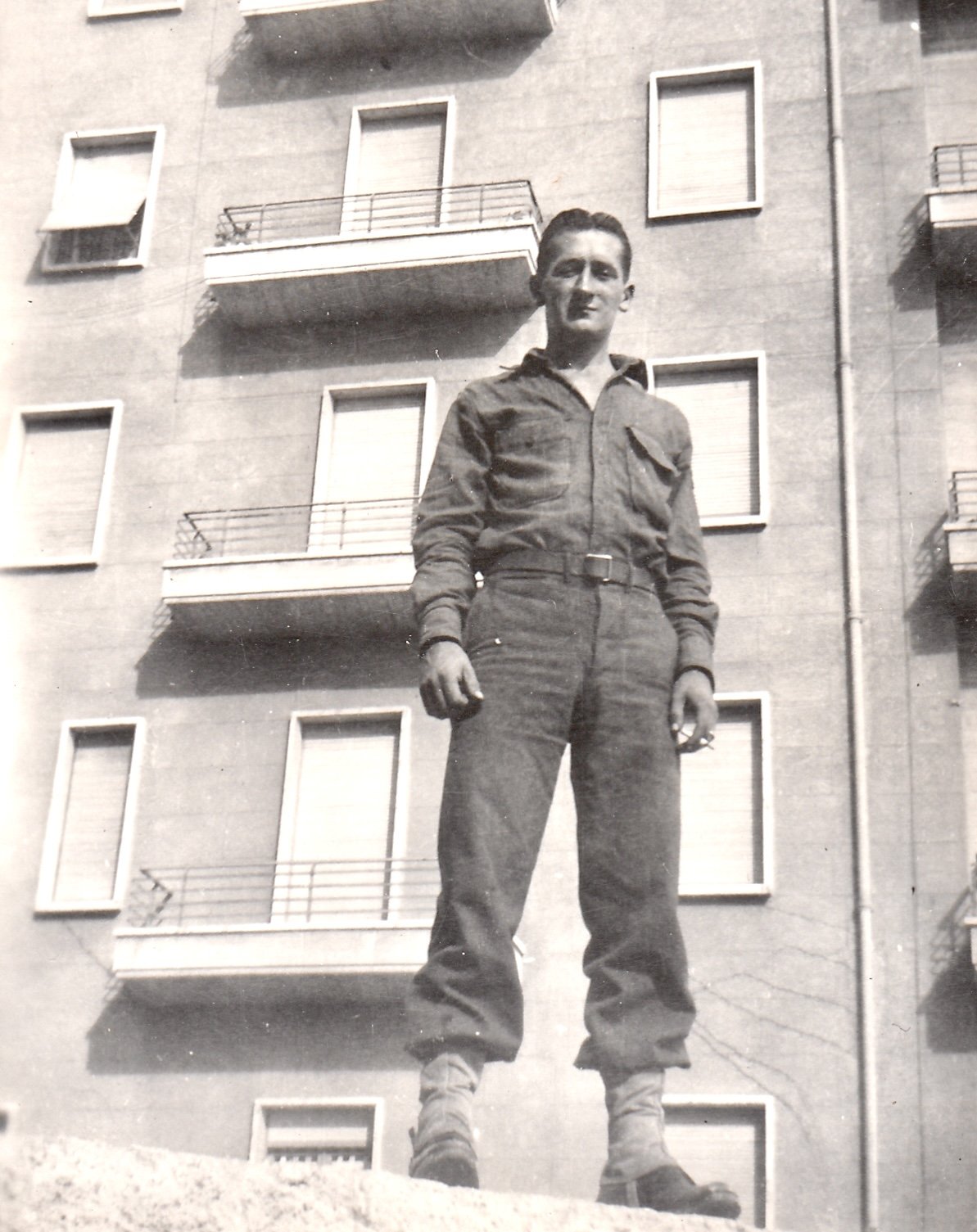
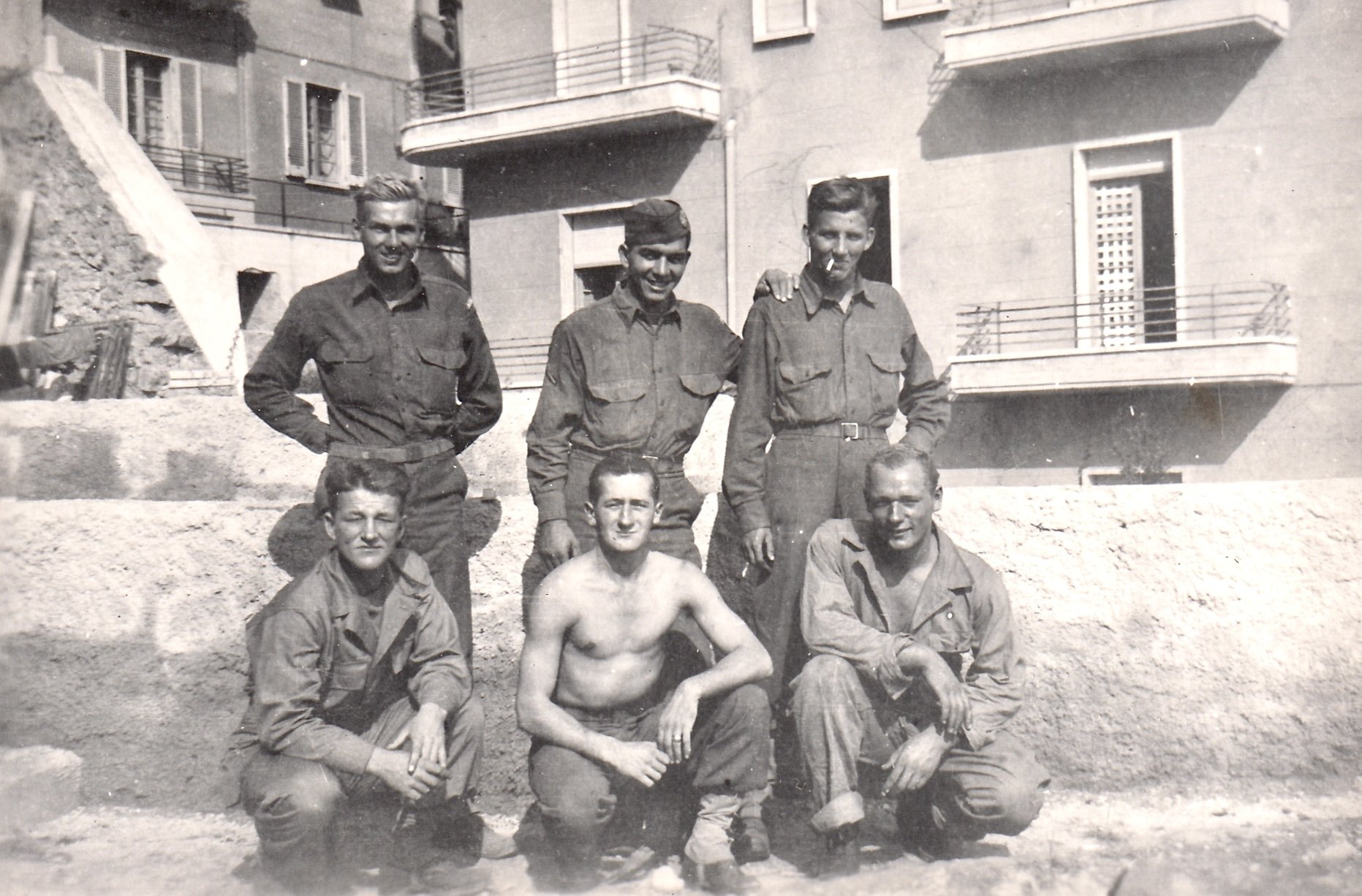
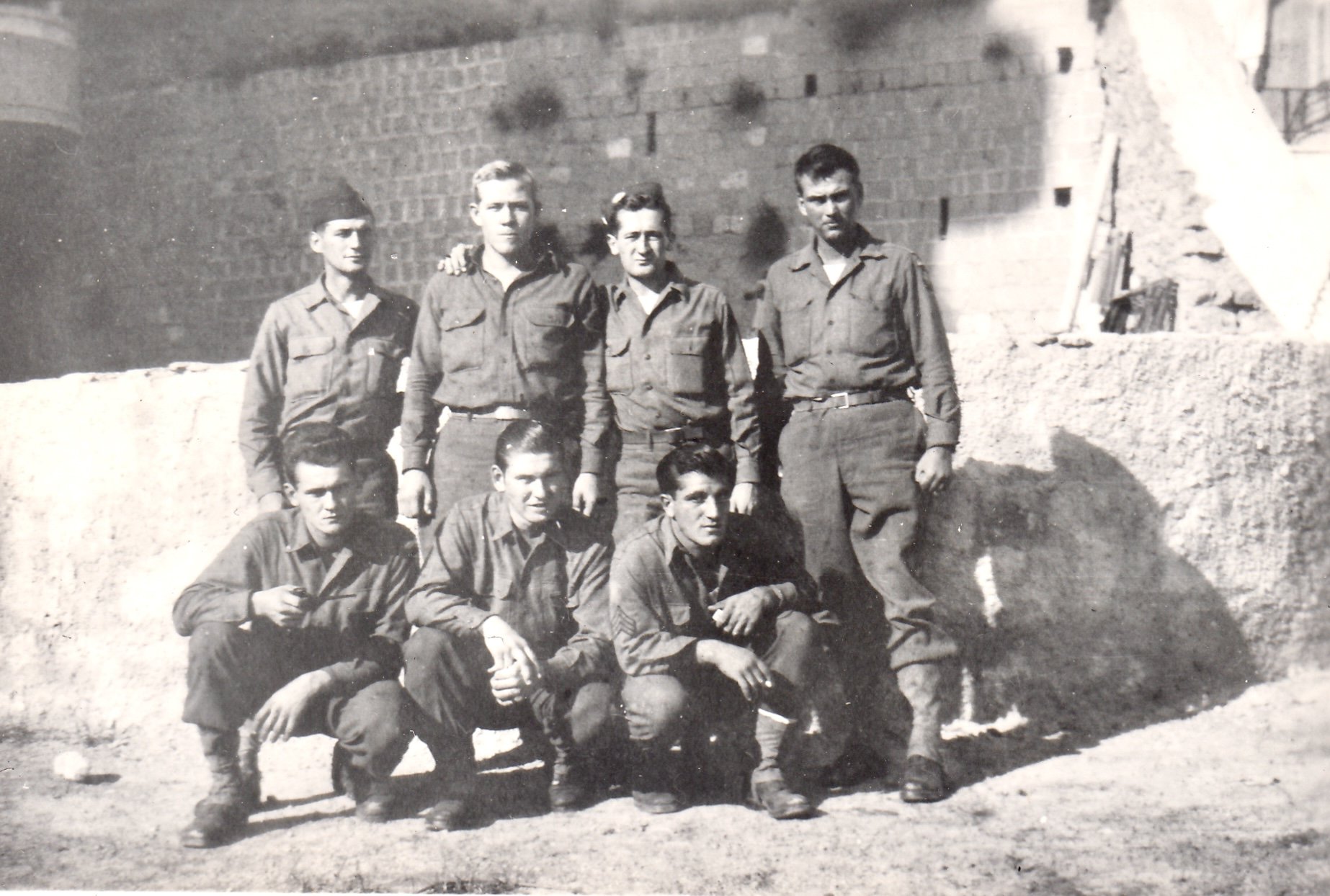
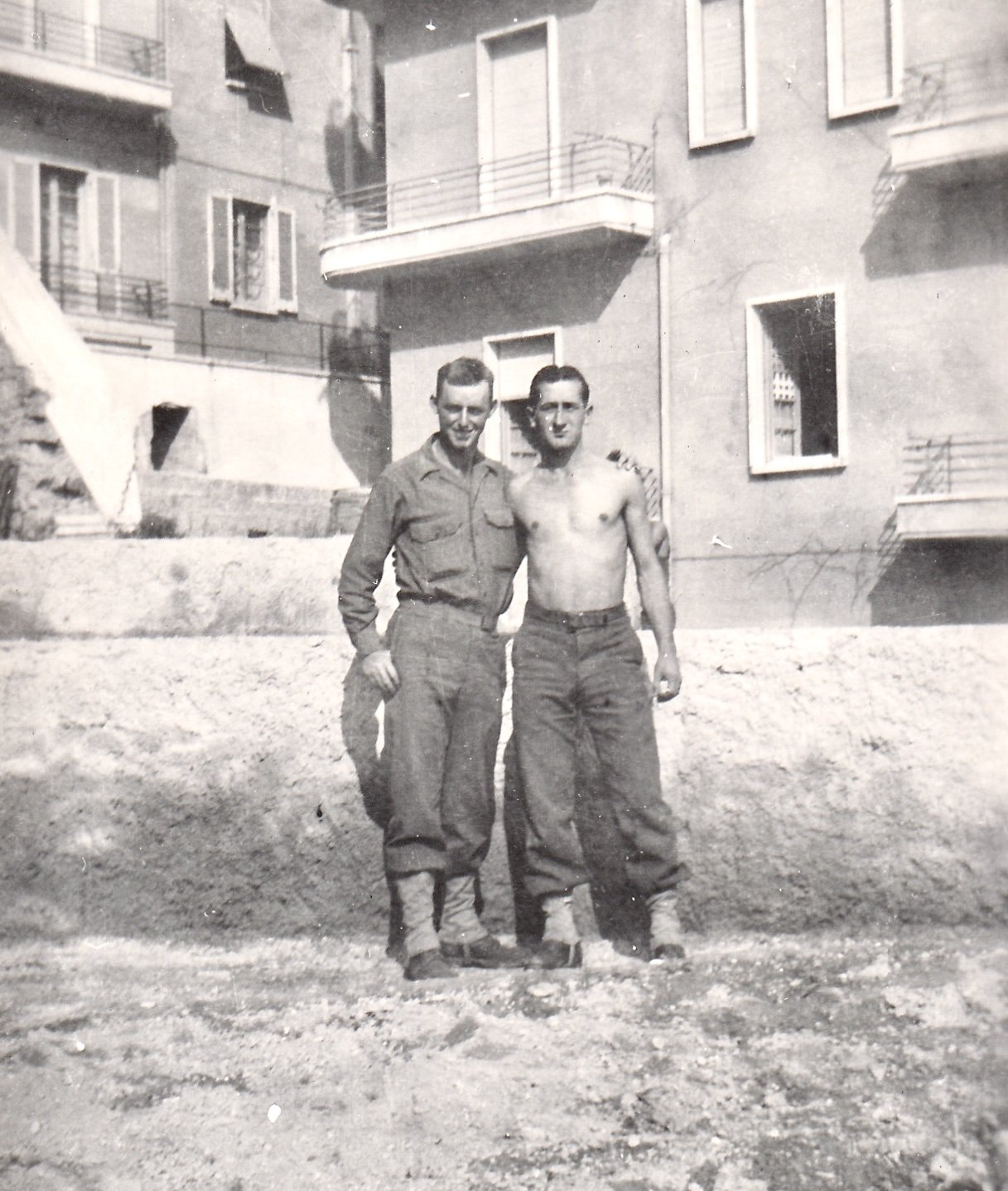
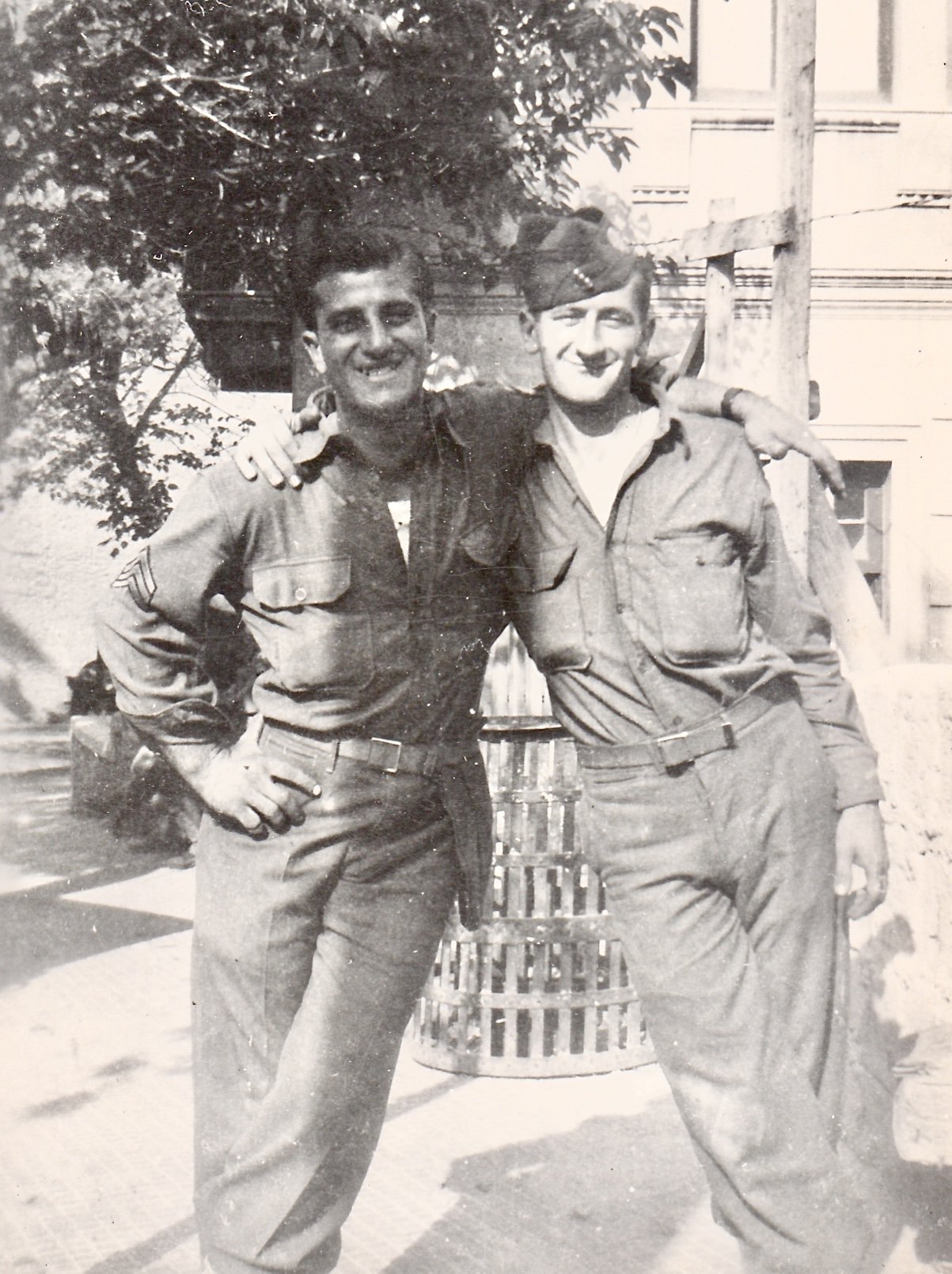

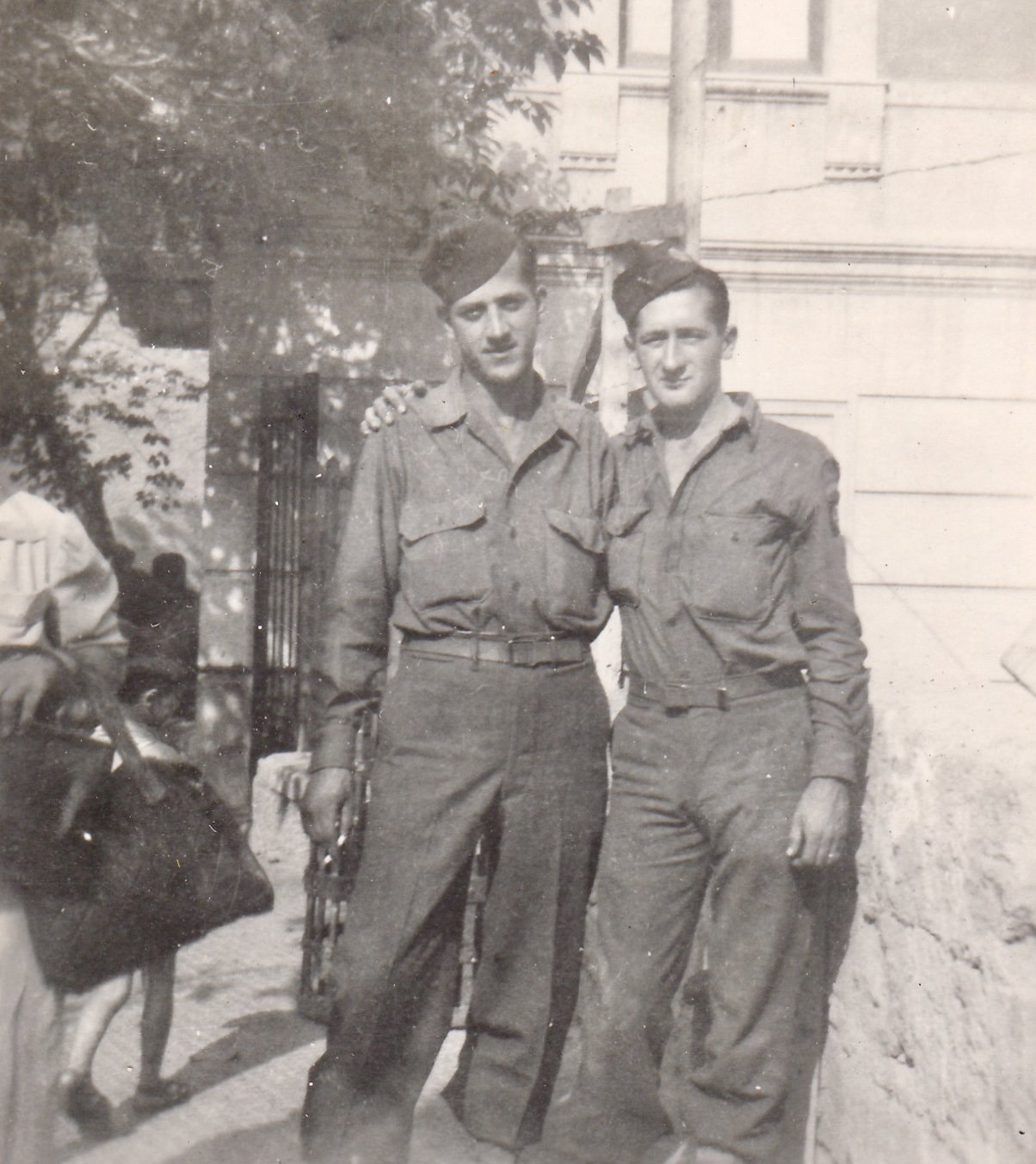
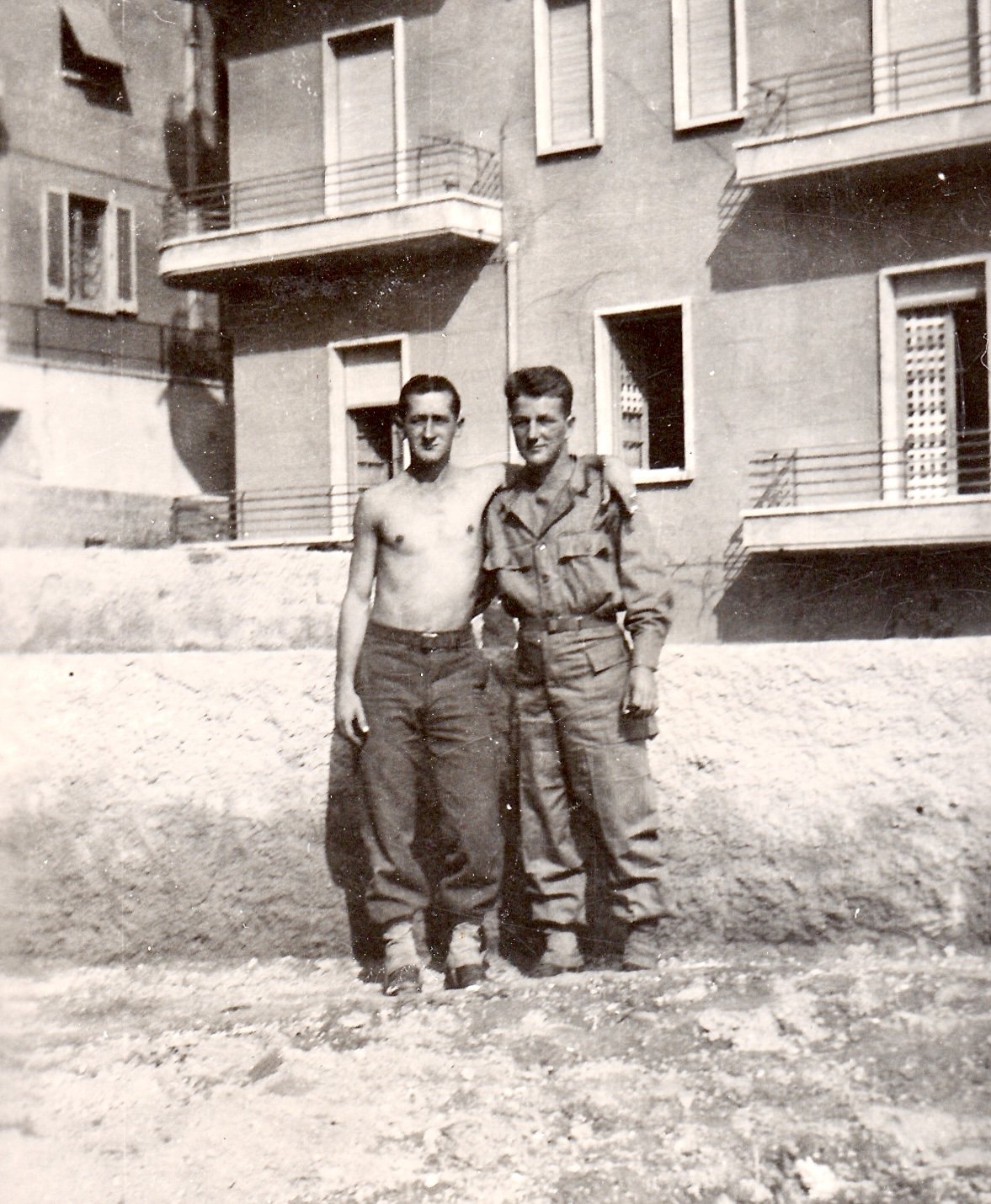
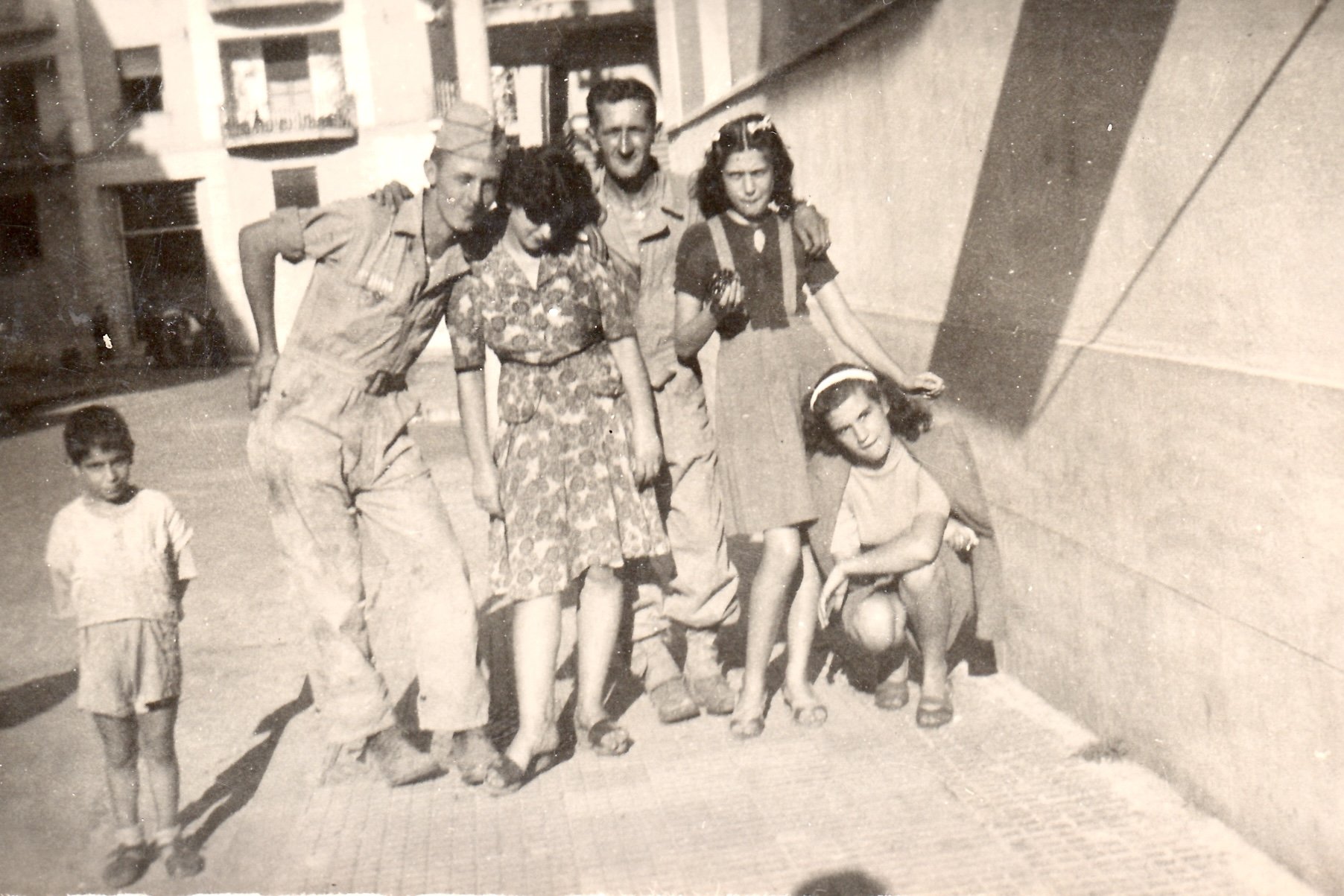
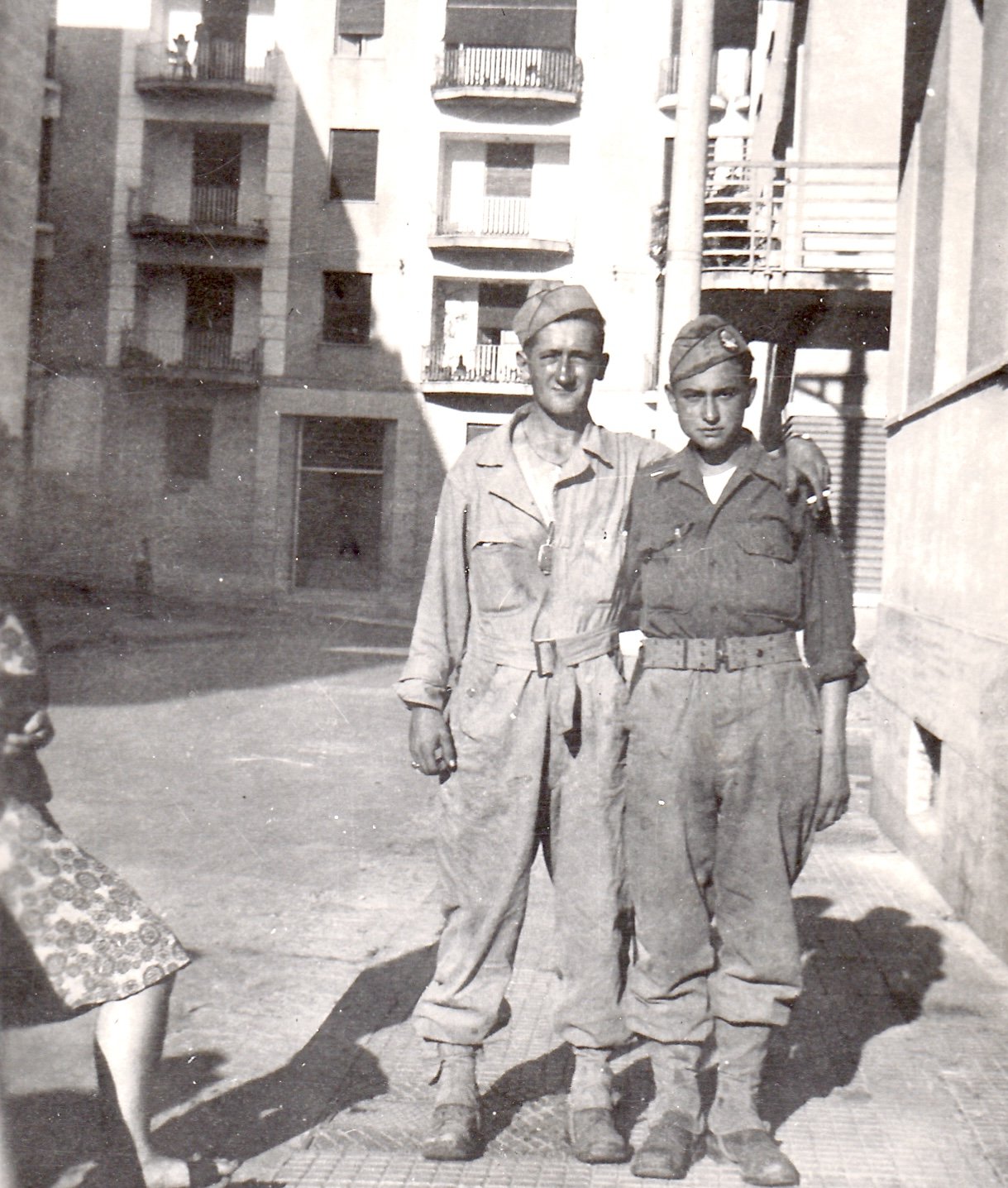
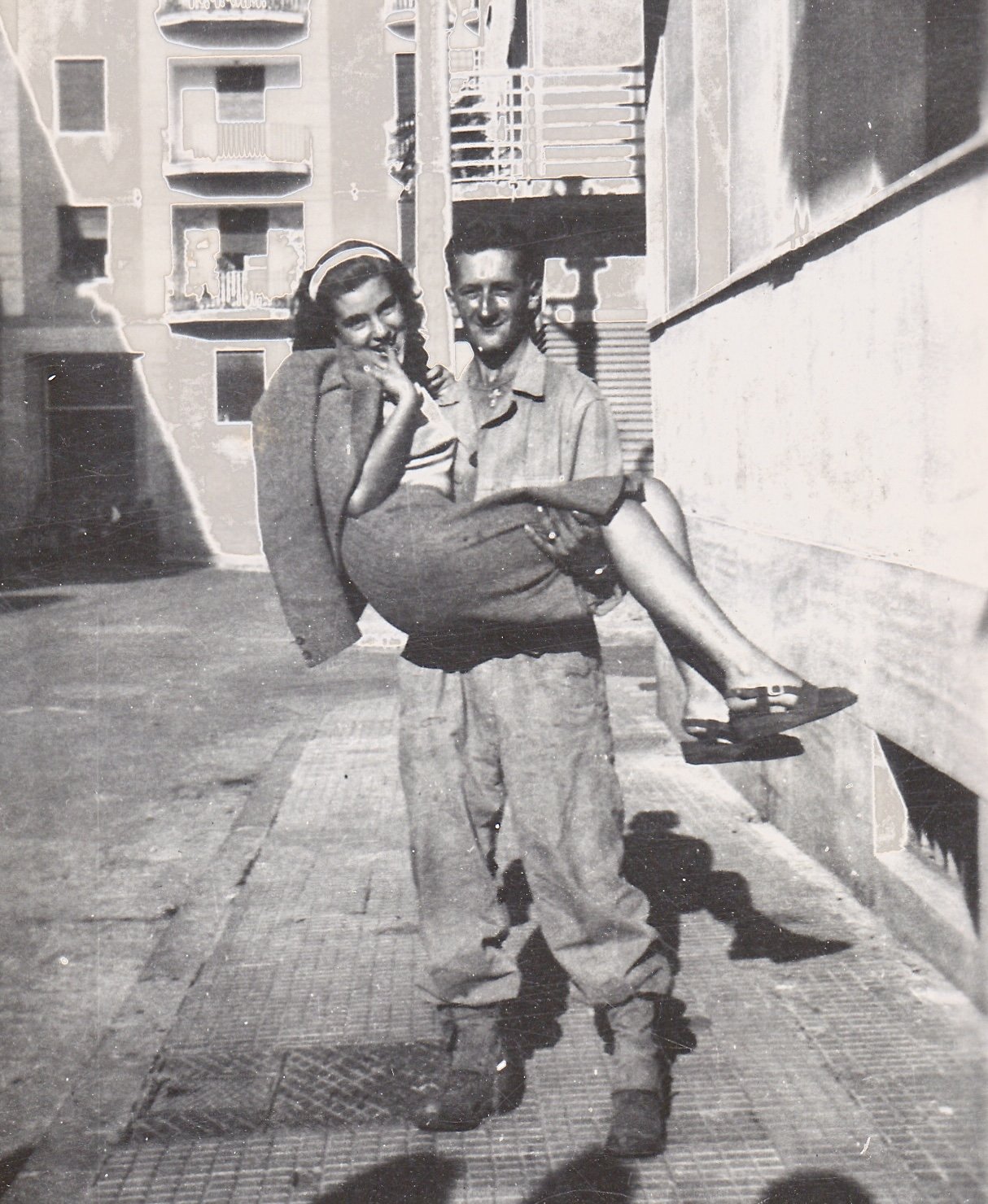
During the winter of 1944 the 82nd Airborne Division was stationed near Leicester, England, preparing for the Allied invasion of northern France.
The 319th Battalion was bivouacked nearby at Papillon Hall in the town of Market Harborough, England. Market Harborough was a British Royal Air Force station, a place for allied military training, and also where glider troops went for training and replacement soldiers.
Papillon Hall itself was a large structure, set-out in a butterfly pattern (Papillon means butterfly in French) with four distinct wings. The soldiers lived in the main building and a cluster of quonset huts. But no space was wasted, soldiers also slept in horse stables and barns.
Below Steve Zwerko and others posed for photos on the nearby grounds. (see below presented in a slideshow fashion and side controls to the next or previous image)
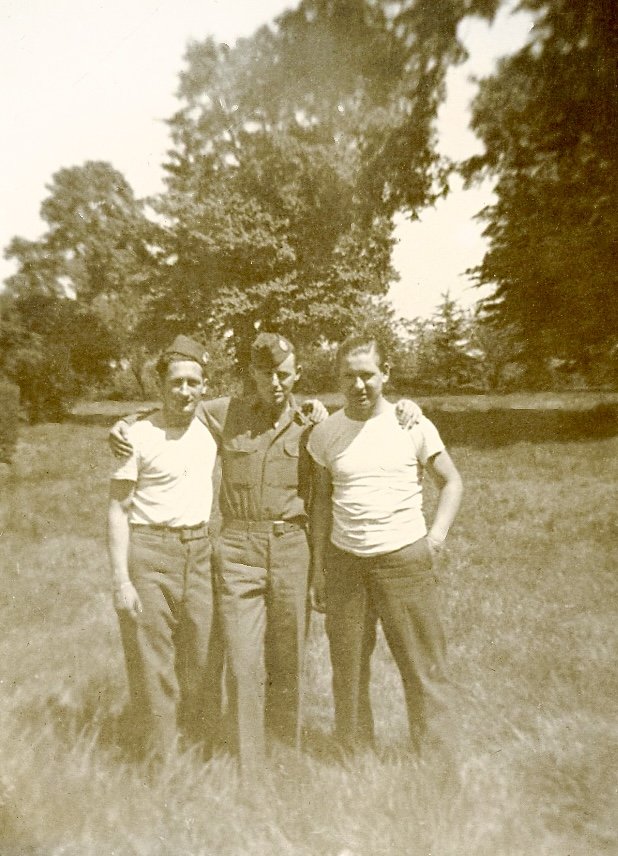
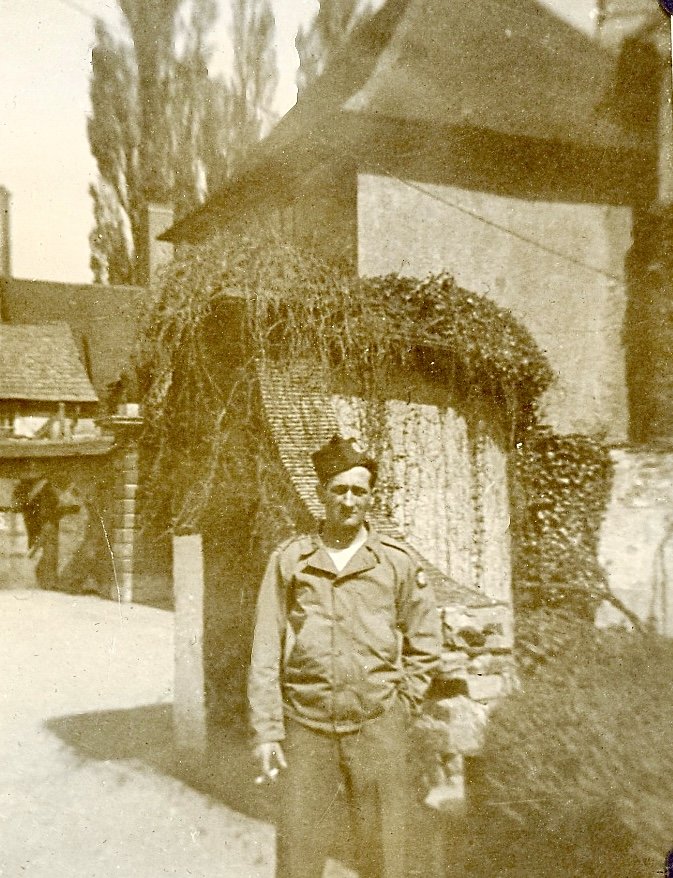
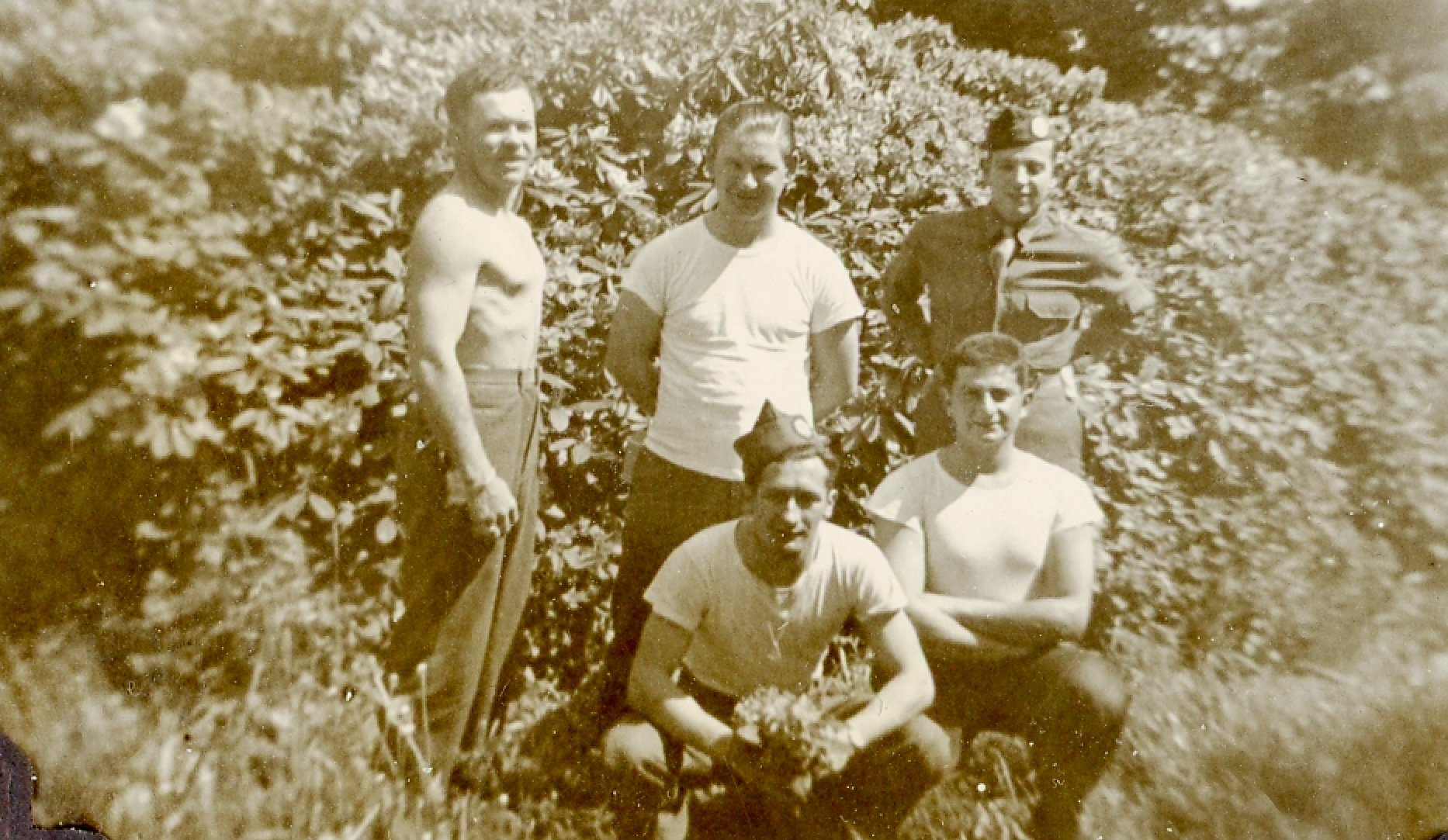
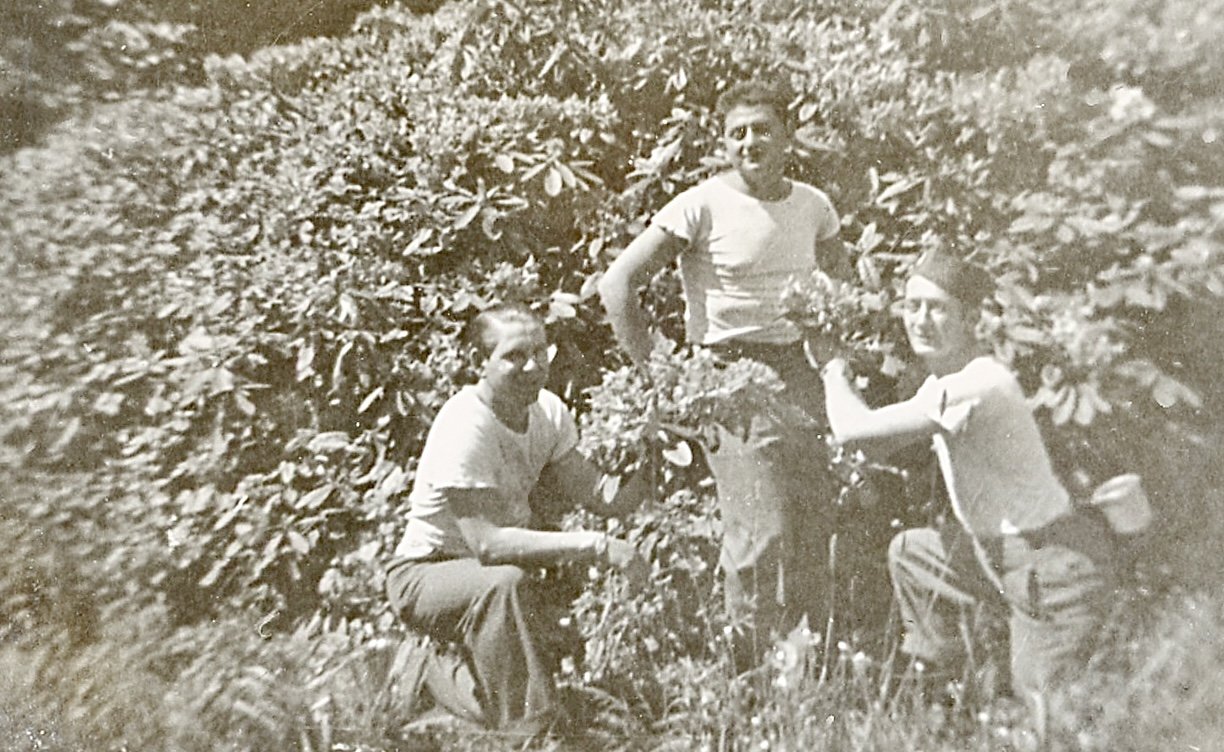
During the Normandy D-Day invasion Steve Zwerko glided into Normandy with B-Battery the evening of June 6, 1944. The battalion landed in the German front lines which resulted in 2 officers and 15 enlisted men killed, 6 officers and 86 enlisted men wounded upon landing.
Just north of the town of Ste Mere Eglise the B-Battery soldiers and others freed themselves from their crashed Horsa gliders and were immediately under enemy small arms fire.
As the men ran to the surrounding hedgerows for cover Steve Zwerko was seriously wounded in the leg by machine gun fire. Fellow soldier Milton Goldfarb of Brooklyn, New York, came to his aide. Goldfarb later recalled, “Zwerko’s leg was hanging by a thread, I cut it away with my knife and made a tourniquet with his boot laces. I dragged him to the cover of a tree and gave him my ‘booze’ flask and a pack of Camel cigarettes, knowing I had to find a medic.”
Goldfarb grabbed Zwerko’s carbine rifle, a veteran of combat in Italy, he knew Zwerko had a better chance of surviving if the enemy found him unarmed.
Despite a horrific injury and losing his leg below the knee, Steve Zwerko survived the war. He was evacuated to a US Hospital in England then transferred to Percy Jones Hospital, Fort Custer, Michigan.
While convalescing from his wounds over 100 B-Battery soldiers signed and presented him a captured enemy flag (see inset) as a token of their respect and admiration.
Private Zwerko separated from his service with the US Army on May 28, 1945. He was awarded with the Good Conduct Medal, Distinguished Unit Badge, European/African Middle Eastern Service Medal, Bronze Service Star, three Bronze Campaign Stars and a Purple Heart.
During the post-war years Steve Zwerko stayed in touch with his 319th brothers and was active in the 82nd Airborne Association. Steve attended the first 319th reunion in 1947 hosted by the Sherman Hotel, Chicago, Illinois.
In the couples group photo (center) below he is standing in the top row, 9th man from the right. Hard to believe just 23 years prior to this photo, these 319th men now proudly posing with their wives, were fighting for the lives in the D-Day Normandy invasion. (see also other photos below presented in a slideshow fashion with side controls to the next or previous image)
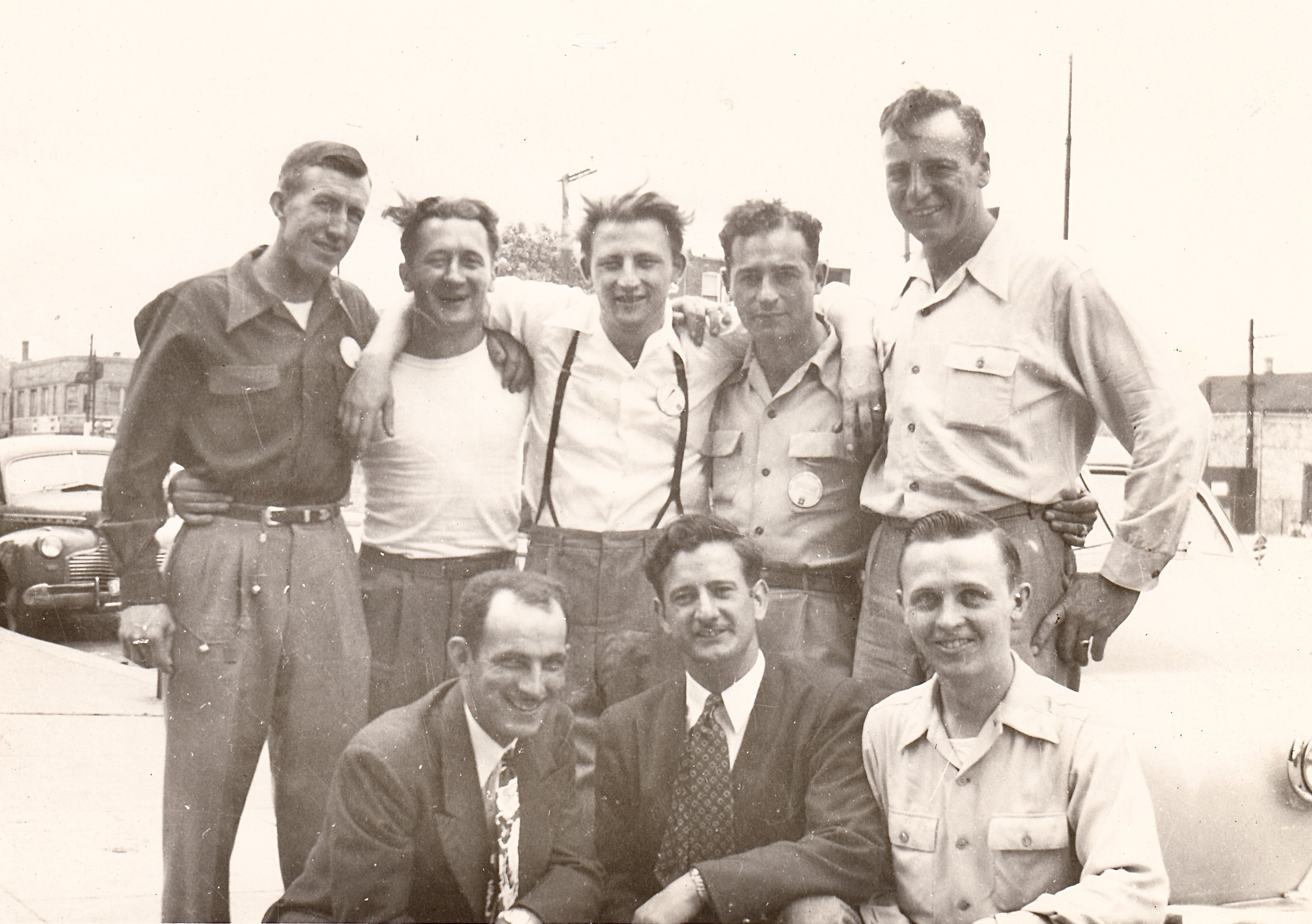
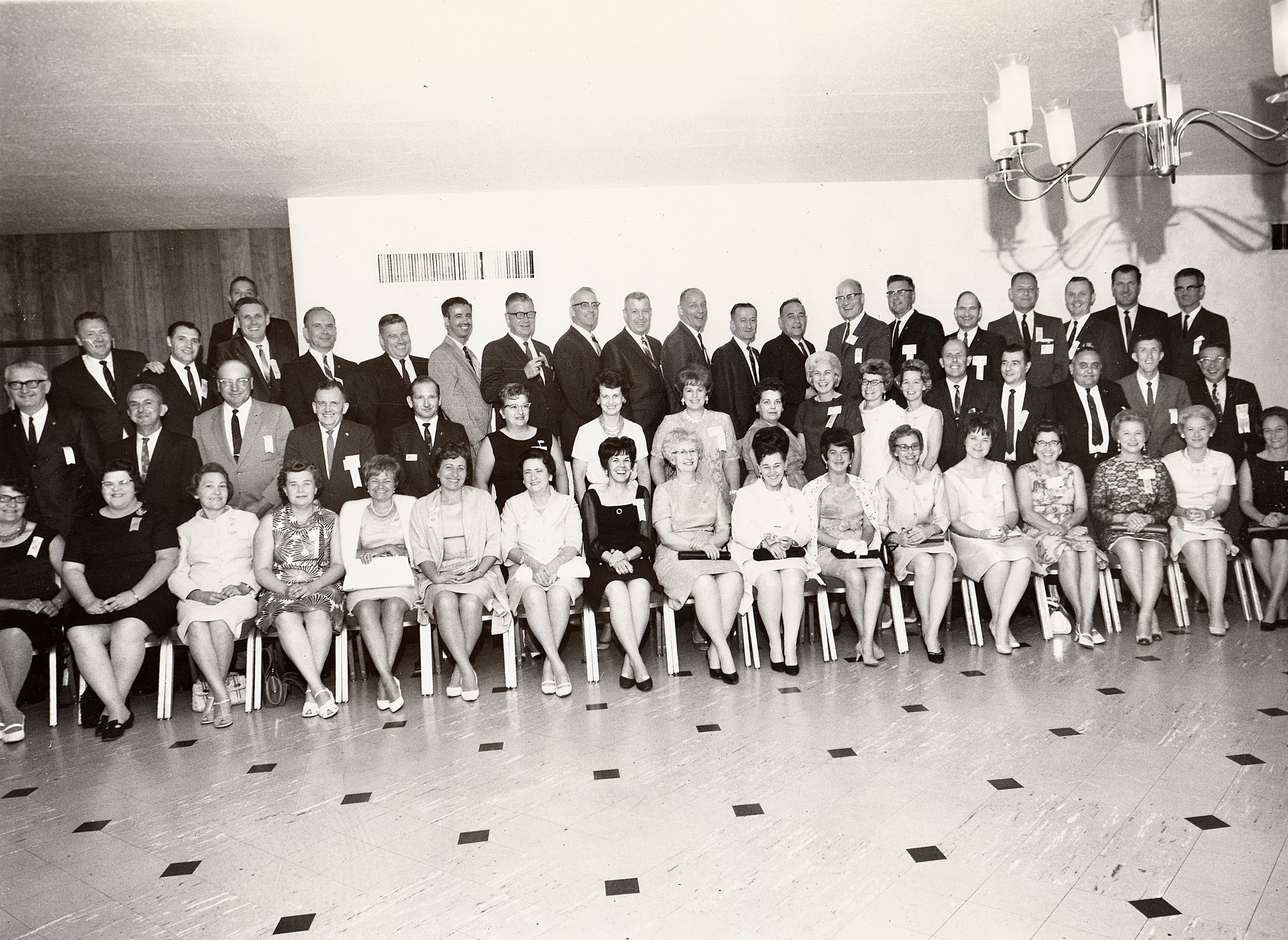

Steve Zwerko, 76, died May 3, 1996. God bless this hero.
Photos courtesy of the Lepkowski-Rybicki and Zwerko-Jasick families




